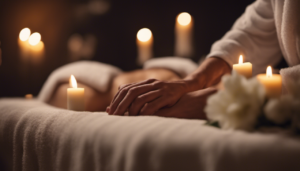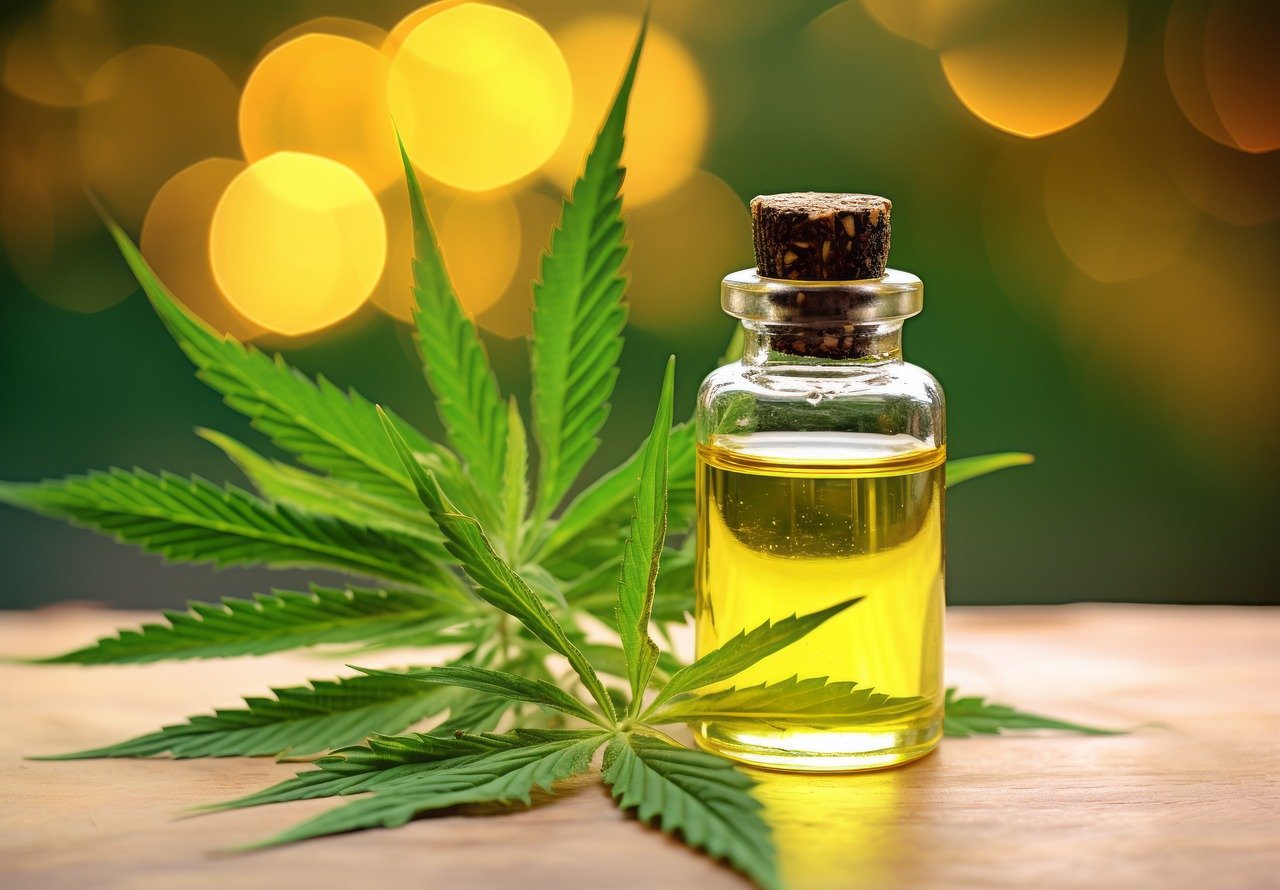What is an Ayurvedic massage?
Ayurveda, an ancient Indian natural therapy of medicine, emphasizes balance and holistic well-being. One of its key treatments is the ayurvedic massage, also known as “Abhyanga.” This full-body massage uses warm, medicinal oils tailored to your body constitution. Unlike regular massages, it aims to harmonize the body, mind, and spirit, promoting physical healing, improving circulation, and enhancing mental clarity by stimulating specific energy points on the body.
Types of Ayurvedic Masages:
Ayurvedic massages are a traditional form of massage from India, aimed at promoting physical, mental, and emotional well-being. There are several types of Ayurvedic massages, each offering unique techniques and health benefits:

- Abhyanga Massage: Involves warm oil application and body massage to detoxify the body, reduce stress, and improve circulation.
- Shirodhara Massage: Features warm oil poured onto the forehead to balance energy systems, reduce stress, and promote relaxation.
- Panchakarma Massage: A detoxifying massage designed to eliminate toxins, improve digestion, and boost the immune system.
- Udwarthana Massage: Utilizes herbal powder to exfoliate the skin, improve circulation, and promote weight loss.
- Marma Massage: Stimulates vital energy points to balance energy systems, improve circulation, and promote relaxation.
- Kati Basti Massage: Aims to relieve back pain, improve circulation, reduce inflammation, and promote relaxation.
- Nasya Massage: Involves applying warm oil to the nasal passages to promote mental clarity, improve memory, and relieve sinus congestion.
- Garshana Massage: Exfoliates the skin, improves circulation, and promotes relaxation using silk gloves.
- Padabhyanga Massage: Applies warm oil to the feet to improve circulation, promote relaxation, and relieve stress.
Ayurvedha Massage Techniques
The Ayurvedic massage stands out from other massage therapies due to the unique techniques it employs.

The following are some key Ayurvedic massage techniques:
- Long, gliding strokes known as Effleurage (Samvahan) are used at the start of the massage to apply oil and warm the body.
- Petrissage (Mardan) involves kneading movements that target muscles and joints, aiding in the release of deep-seated tensions.
- Tapotement (Tapatan) is a technique of rhythmic tapping using the fingers or hands, which stimulates nerve endings and rejuvenates the skin.
- Friction (Pesin) involves quick back-and-forth movements to generate heat, enhance blood flow, and break down adhesions.
Benefits of Ayurvedic Massage
We know that massage can transform the skin, whether through at-home massage therapy or a deep-tissue massage at a spa. But what about Ayurvedic massage? The transformative experience of an Ayurvedic massage is not just about temporary relaxation; this holistic practice provides a variety of health benefits, both immediate and long-term.

Detoxification
Firstly, this form of massage aids in detoxifying the body, especially with the specific oils and techniques used in Ayurvedic massage, which help eliminate toxins. This purifying process rejuvenates the body and boosts the immune system.
Improved Circulation
Regular Ayurvedic massages promote blood circulation, ensuring that nutrients are efficiently delivered to all cells in the body, while also ensuring the effective removal of waste products.
Skin Health
The therapeutic oils used in an Ayurvedic massage help to nourish the skin, leaving it supple, glowing, and youthful. In some cases, they can also target specific skin issues such as dryness, acne, or scars.
Stress Relief
Beyond physical relaxation, Ayurvedic massage also helps in reducing emotional and mental stress, with practices like Shirodhara being particularly renowned for their calming effect on the mind.
Frequently Asked Questions
1. Who is not eligible for the treatment?
Ineligible individuals for Ayurvedic massage include those with acute fever, contagious skin diseases, severe cardiac issues, infectious diseases, advanced stages of cancer, and women in their first trimester of pregnancy.
2. What are the alternatives to the treatment?
Alternatives to Ayurvedic massage for relaxation and wellness include Swedish massage, deep tissue massage, aromatherapy massage, reflexology, yoga, meditation, acupuncture, and traditional Chinese medicine.
3. Is Ayurvedic Massage good for back pain?
Ayurvedic massage can be beneficial for relieving back pain by improving blood circulation, reducing muscle tension, and promoting relaxation. Consult with a practitioner for a holistic approach.
4. Are there any side effects of Ayurvedic massage?
When performed by trained practitioners, Ayurvedic massage is generally safe. However, individuals may experience mild side effects such as temporary soreness, redness, or skin irritation. It’s important to inform the therapist about any health conditions or allergies.
5. How is Ayurvedic Massage different from a conventional massage?
Ayurvedic Massage is different from conventional massage as it is deeply rooted in Ayurvedic principles, using oils based on one’s dosha and techniques to balance energy flow and detoxify the body.




